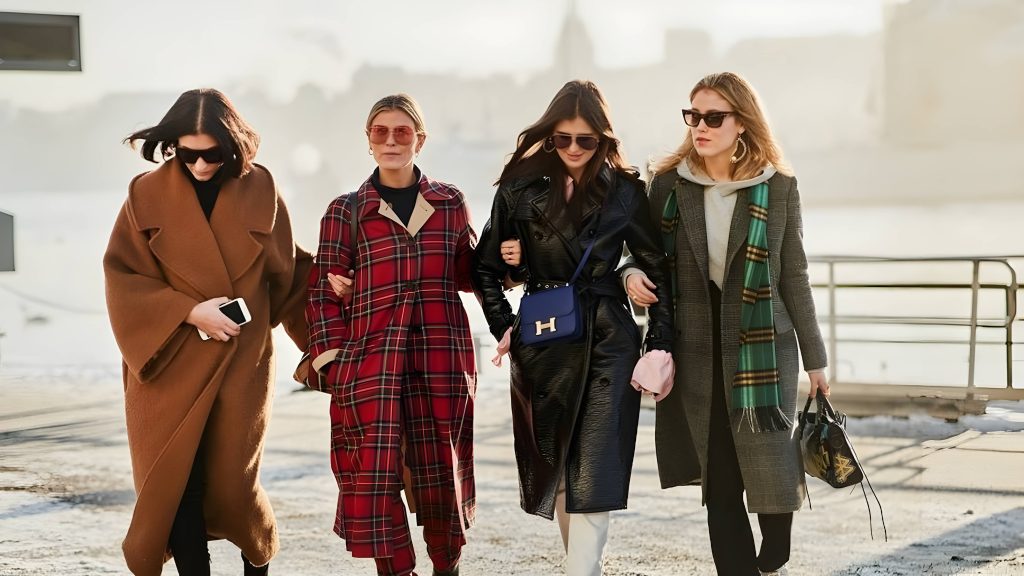The way we dress is often seen as a reflection of our personal style and preferences, but did you know that there is also a psychological aspect to how we choose our clothing? The psychology behind how we dress can reveal a lot about our emotions, confidence levels, and even our personal beliefs and values. In this article, we will explore the fascinating connection between psychology and fashion.
One of the most obvious ways that psychology influences how we dress is through our emotions. Just like how we might choose to wear bright colors on a sunny day, we also tend to gravitate towards certain styles and clothing items based on our current mood. For example, when we are feeling happy and confident, we may opt for bold patterns and statement pieces that make us stand out. On the other hand, when we are feeling down or insecure, we may choose more muted tones and comfortable, cozy clothing that provides a sense of security.
Our clothing choices can also be influenced by our self-esteem levels. Studies have shown that dressing well and feeling good about our appearance can actually boost our confidence and self-esteem. By putting effort into our outfits and choosing clothing that makes us feel good about ourselves, we can improve our overall mood and mindset. On the flip side, wearing clothing that doesn’t fit well or that we don’t feel comfortable in can have the opposite effect, leading to feelings of insecurity and self-doubt.
Another way that psychology plays a role in how we dress is through our personal beliefs and values. The clothes we wear can be a reflection of our personality, interests, and beliefs, making a statement about who we are and what we stand for. For example, someone who values individuality and creativity may choose to dress in bold, unique pieces that set them apart from the crowd. On the other hand, someone who values tradition and conservatism may opt for more classic, timeless clothing styles.
Our clothing choices can also be influenced by social factors, such as peer pressure and societal norms. We often feel pressure to conform to certain dress codes or fashion trends in order to fit in with our social circles or to adhere to societal expectations. This can lead us to choose clothing that may not necessarily reflect our true selves, but that we feel is necessary in order to be accepted by others. On the other hand, some people may use their clothing as a form of rebellion against societal norms, choosing to dress in a way that is intentionally different or provocative in order to make a statement.
The psychology behind how we dress can also extend to our shopping habits and decision-making processes. Studies have shown that our brains are wired to seek out rewards and pleasure, and shopping for clothing can provide a sense of satisfaction and pleasure that can boost our mood. This can lead to impulsive shopping behavior, where we buy items on a whim in order to experience the rush of pleasure that comes with making a purchase. On the other hand, some people may take a more methodical approach to shopping, carefully considering each purchase and weighing the pros and cons before making a decision.
In conclusion, the psychology behind how we dress is a fascinating and complex topic that reveals a lot about our emotions, confidence levels, personal beliefs, and social influences. By understanding the connections between psychology and fashion, we can gain insight into our own behavior and motivations when it comes to choosing our clothing. Whether we dress to express our emotions, boost our self-esteem, make a statement about our beliefs, or simply for the joy of shopping, our clothing choices have a powerful impact on how we present ourselves to the world. So next time you pick out an outfit, take a moment to consider the psychology behind your choices – you may be surprised at what you discover.

